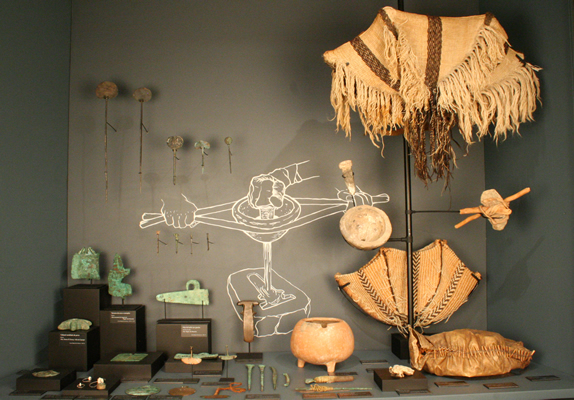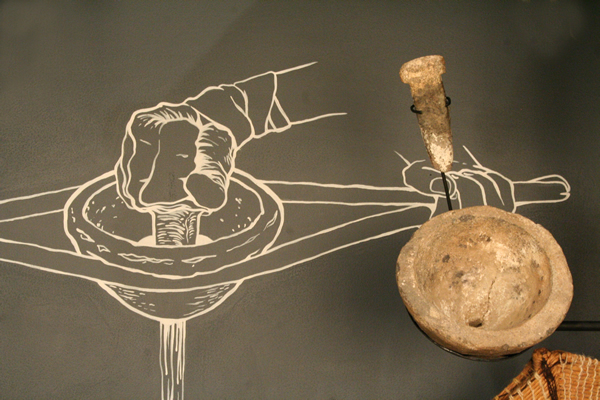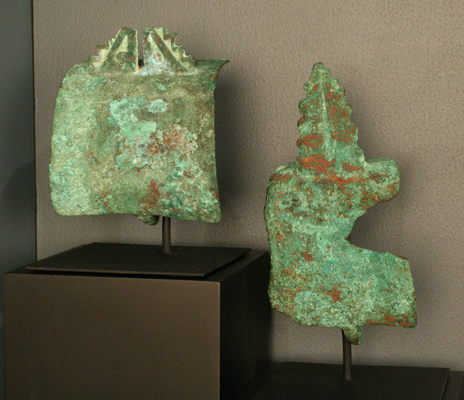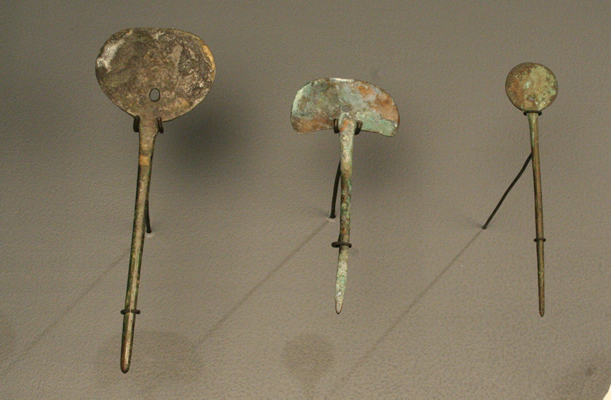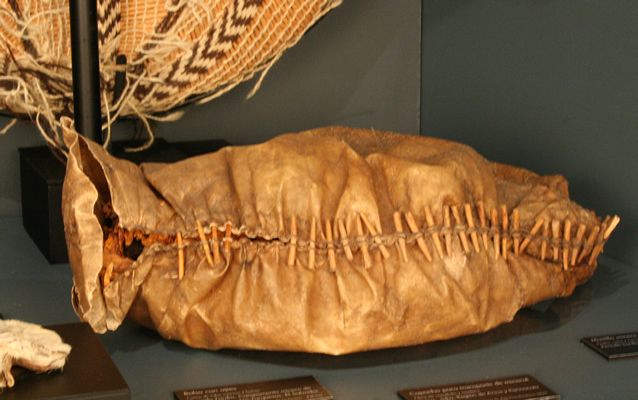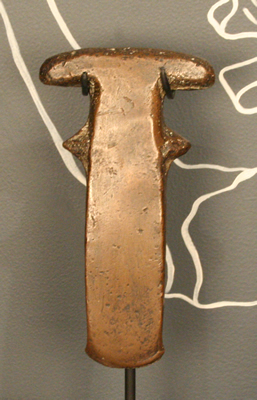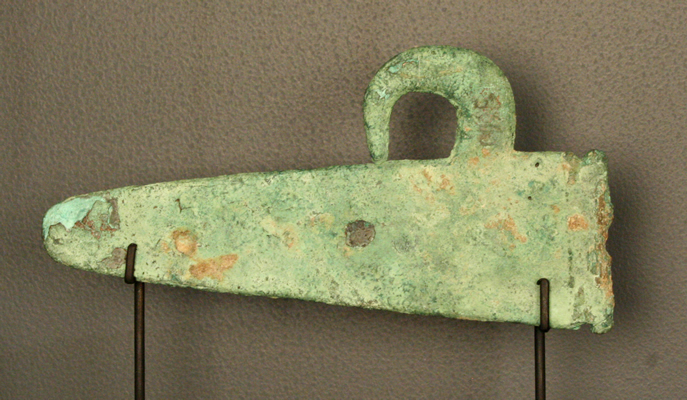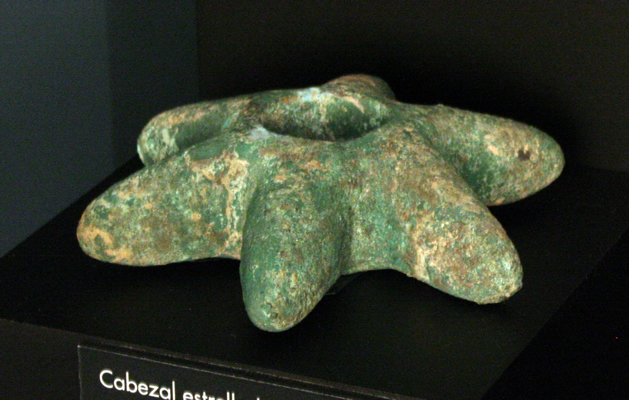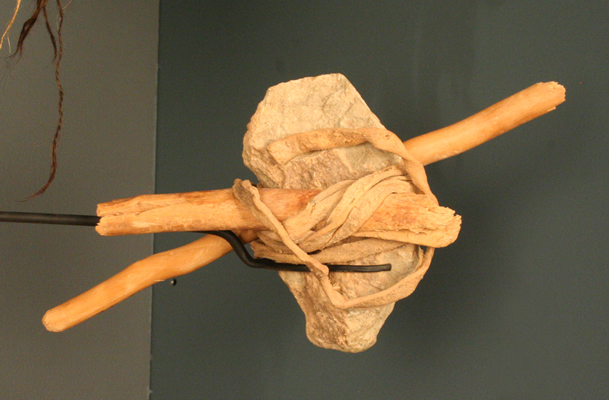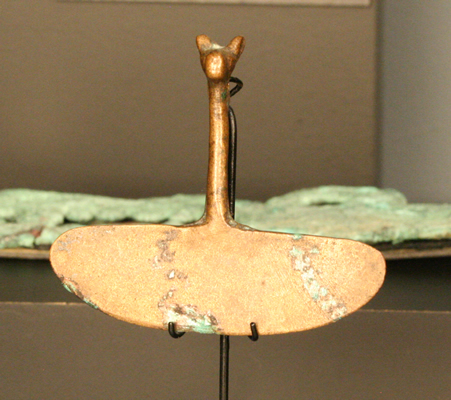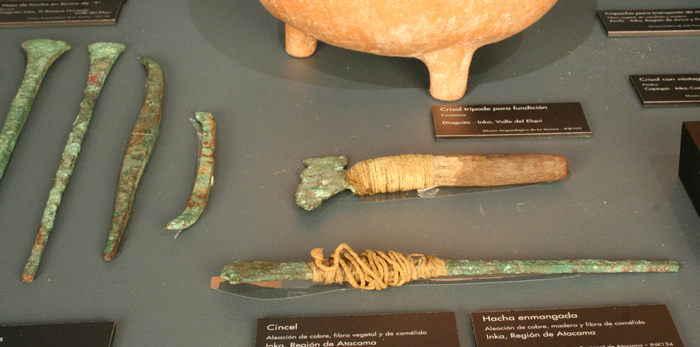Chile under the Inka Empire – 2009
Gold in Marga Marga
The Inkas invaded Chile for its mineral wealth, but the metal smelt centers were located mainly in Argentina
In the north of Chile, the Inkas used the ancient mining skills of local inhabitants to extract gold, silver, copper and turquoise from deposits located at Huantajaya, Collahuasi, El Abra, Chuquicamata, San Bartolo and other sites. They used simple but effective tools such as hammers, picks, chisels, baskets and leather bags. The miners followed rich mineral veins, hollowing out galleries in the rock to access the highest grade ore. After crushing this material, they again selected only the highest grade mineral for processing. While they were serving their labor term, the mining mitayos would live in camps supplied with agricultural products and livestock from nearby locations. The metals that they extracted were melted down into small ingots and transported on llama-back along the Qhapaqñan, the main Inka trail, to the metalworking centers located in what is now northwestern Argentina, where they were given their final shape. The Viña del Cerro site in the Copiapó valley hoards the main part of copper production in Chile. Ore, grinding stones, smelting kilns, slag, the remains of ingot molds, crucibles and other specialized equipment found there point to its use as a metallurgical operation.




































